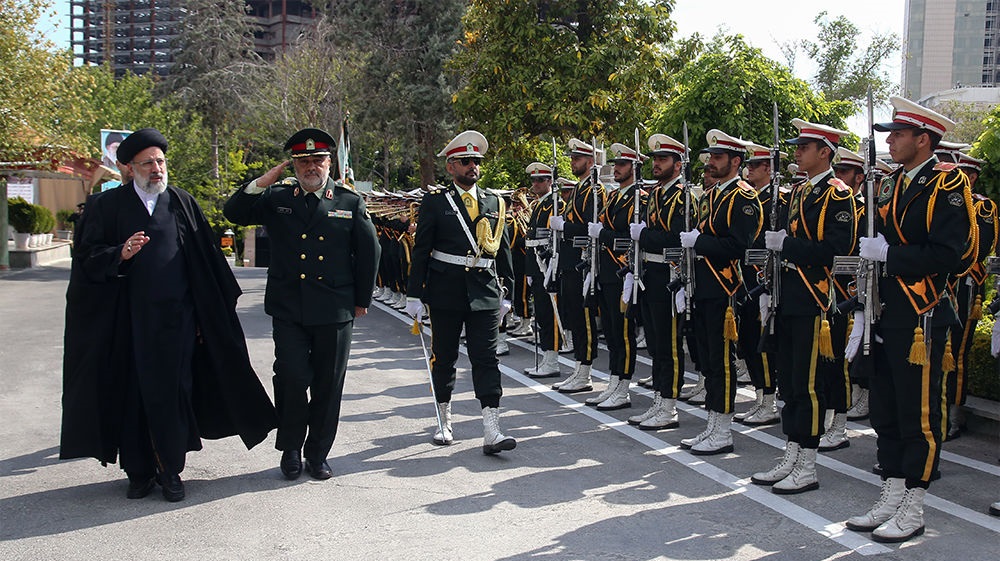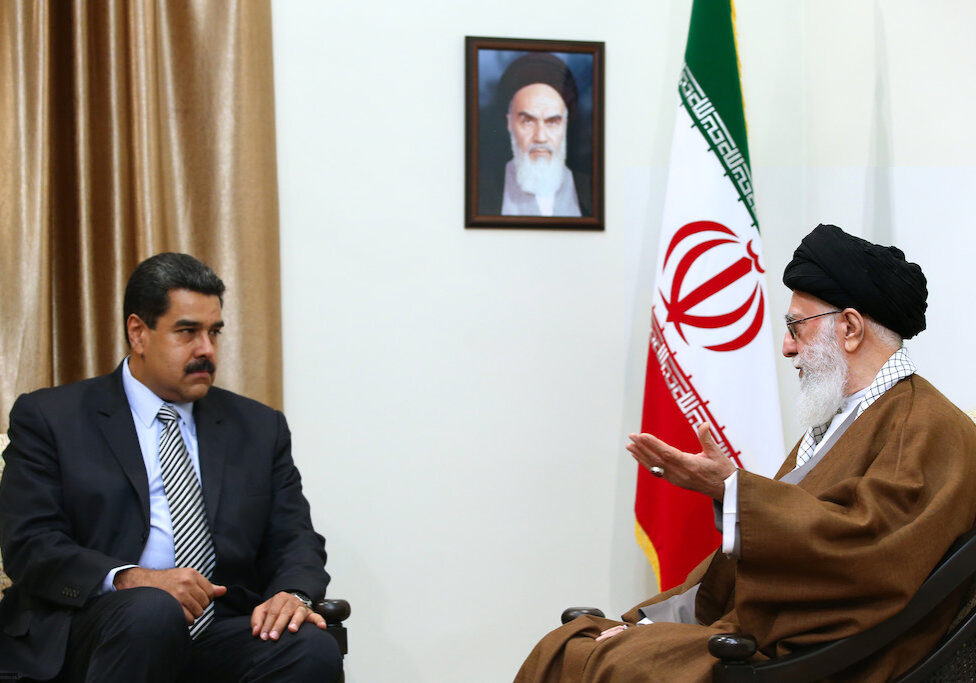Australia/Israel Review
Flames lit by Raisi will burn on
May 30, 2024 | Seth J. Frantzman

Iranian President Ebrahim Raisi came to power in the autumn of 2021 when the Middle East was at a crossroads. ISIS had been defeated in Iraq and Syria between 2017 and 2019. The Abraham Accords brought peace between Israel, the UAE and Bahrain. The US was withdrawing from Afghanistan after two decades of war. The Middle East had a chance to pursue diplomacy and peace between countries after years of chaos, extremism and conflict.
Raisi had other ideas.
He will be remembered for transforming Iran into a dangerous exporter of the drones that have fuelled Russia’s war against Ukraine, and for setting the Middle East ablaze by backing Hamas and its genocidal attack on Israel on October 7. Raisi didn’t do this alone; he had the backing of the Islamic Revolutionary Guard Corps and he worked closely with his foreign minister, Hossein Amir-Abdollahian, who died with Raisi in the helicopter crash on May 19.
Raisi was a transformative figure for Iran. His years in power saw a crackdown on protests after the morality police murdered Mahsa Jina Amini in September 2022. Raisi navigated these protests as he had other protests. Raisi was schooled in how to use power in Iran. He was cautious and pragmatic, preferring to wait and bide his time, and then crush dissent. It’s not by mistake that he was called the “butcher” of Teheran for his role in suppressing dissidents.
The Iranian leader pursued his goals abroad with the same tenacity. Prior to assuming power, he had supported Iran investing more in indigenous industries, meaning developing its own ability to manufacture things like engines for drones. The goal of making more things locally meant that Iran could avoid the impact of Western sanctions. Raisi also backed Iran’s move towards closer ties with Moscow and China. His administration enabled the drone exports to Russia that were used after Russia’s invasion of Ukraine in 2022. The same Shahed 136 drones were part of Iran’s homegrown drone program that led to threats around the region. This became clear on April 13 when Iran launched more than 300 drones and missiles at Israel.
Iran’s foreign policy manoeuvres during the Raisi era enabled it to knit together closer ties with Russia and China, as well as to get China to broker reconciliation with Saudi Arabia. Raisi also attempted outreach to Egypt this past year.
All this was key to Raisi’s goal of isolating Israel. He wanted to empower Iranian proxies such as the Houthis in Yemen and Hezbollah in Lebanon, as well as proxies in Iraq and Syria. These groups could be mobilised at a moment’s notice to attack Israel, the US or other countries. Raisi understood that many Arab states were tired of wars and extremism, having faced off against ISIS and been divided during the Arab Spring and its aftermath. Iran preyed on this preference for calm by Arab states.
Raisi and his regime moved systematically to increase Iranian ties with Arab states, while also encouraging the region to become closer to Russia and China. Meanwhile behind the scenes, groups like Hamas were plotting the October 7 attack.
The architecture he put in place will remain now he has gone. Close ties between China, Iran and Russia will continue. Drone exports and Iranian drone and missile threats will increase. Iran’s backing of Hamas has already led to a massive war and Iran’s goal is to keep that war going and keep its proxies attacking Israel. The longer the war drags on, the more Israel will be stuck fighting in Gaza and Lebanon, while Iran can increase its influence in the Gulf, Egypt and other places.
With Raisi and Amir-Abdollahian gone, Iran will fall back on the IRGC which controls much of the country behind the scenes. It is the IRGC that moves drones and weapons to groups like Hezbollah. The fires lit by Raisi that are consuming the region will continue to burn even though he has left the stage.
Seth Frantzman is the author of Drone Wars: Pioneers, Killing Machine, Artificial Intelligence and the Battle for the Future (Bombardier 2021) and an adjunct fellow at the Foundation for Defense of Democracies. Reprinted from the Jewish Chronicle (thejc.com). © FDD (fdd.com), reprinted by permission, all rights reserved.
Tags: IRGC, Iran, Middle East






